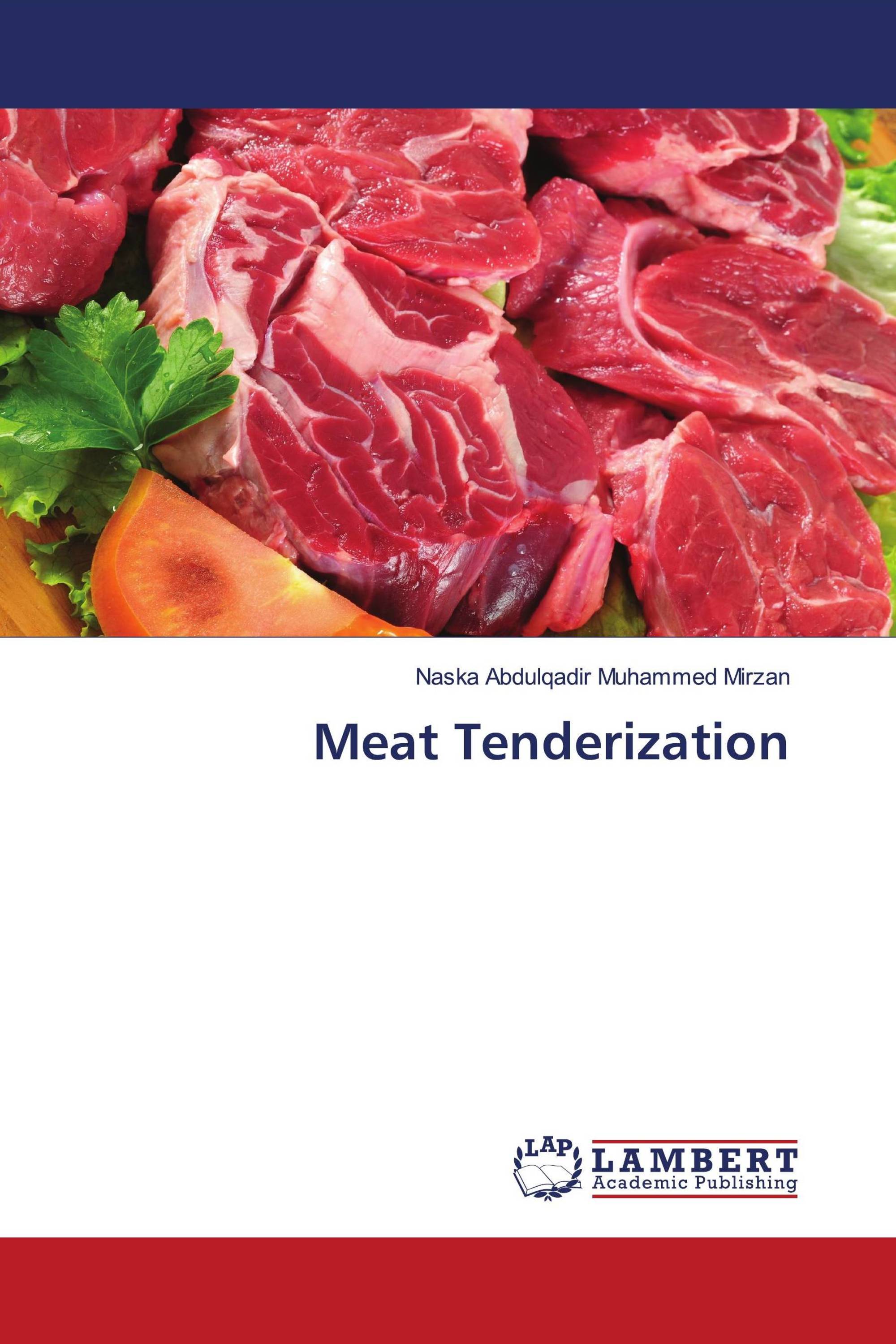The most critical aspect of meat quality is often considered to be the tenderness of the meat. Three proteolytic systems found in muscles were studied for their potential contribution to postmortem proteolysis and tenderization: calpains, lysosomal cathepsins, and the multicatalytic proteinase complex. Various theories, both enzymatic and non-enzymatic, have been proposed to explain the tenderization process. Among these theories, the calpain theory is considered the most likely explanation. During the tenderization process, the key components of a cell's framework break down, along with proteins in the myofibrils and cytoskeleton. This results in meat becoming tender, accompanied by changes in its structure such as degradation of the Z-line and I-band. Numerous research studies have indicated that calpains, particularly calpain I and calpastatin, play a crucial role in the breakdown of proteins after death and the tenderization of meat. However, recent research suggests that proteasomes and caspases may also contribute to this process.
Book Details: |
|
|
ISBN-13: |
978-620-7-48383-9 |
|
ISBN-10: |
6207483839 |
|
EAN: |
9786207483839 |
|
Book language: |
English |
|
By (author) : |
Naska Abdulqadir Muhammed Mirzan |
|
Number of pages: |
232 |
|
Published on: |
2024-04-03 |
|
Category: |
Agriculture, horticulture, forestry, fishery, nutrition |




